Origin: Pakistan
Culture: Gandhara
Period: 2nd - 4th century AD.
Material: Grey schist
Dimensions: 20 x 12.6 cm included stand
Provenance: Former French collection
Fragment of a frieze representing the Buddha and his disciples. The scene shows the Buddha seated in meditation on a slender pedestal in the Dhyana Mudra position, his hands placed in his lap and positioned one on top of the other. He is dressed in the monastic robe covering him entirely, a piece of cloth falling under his hands. He wears an ascetic bun and finds shelter under a plant canopy. A first disciple positions himself to the right of the Awakened one, his face turned towards the Buddha. He is also dressed in a long robe showing the right shoulder, right arm bent, the hand perhaps encircling a lotus flower. The left arm is bent along the body, the hand holding the material, the right leg forward, semi-flexed. A column with a quadrangular section presenting a capital with floral motifs separates the two disciples. The second disciple, turned to the left, also presents a long fabric with a beautiful drape. He is shown slightly unhinged, the two arms bent at chest height were originally intended to hold an artifact. The upper register receiving a delicate frieze of acanthus leaves.
At the crossroads of the civilizations of Iran, the Greek world, India and nomadic civilizations, Gandhara was for sixteen centuries an almost obligatory passageway for the caravans which linked the West to China. A Hellenistic background maintained by the trade in luxury products exported from the Mediterranean basin, mingles with Parthian and Indian influences for the benefit of a Buddhist iconography of great sensitivity.
Condition: Expected surface wear




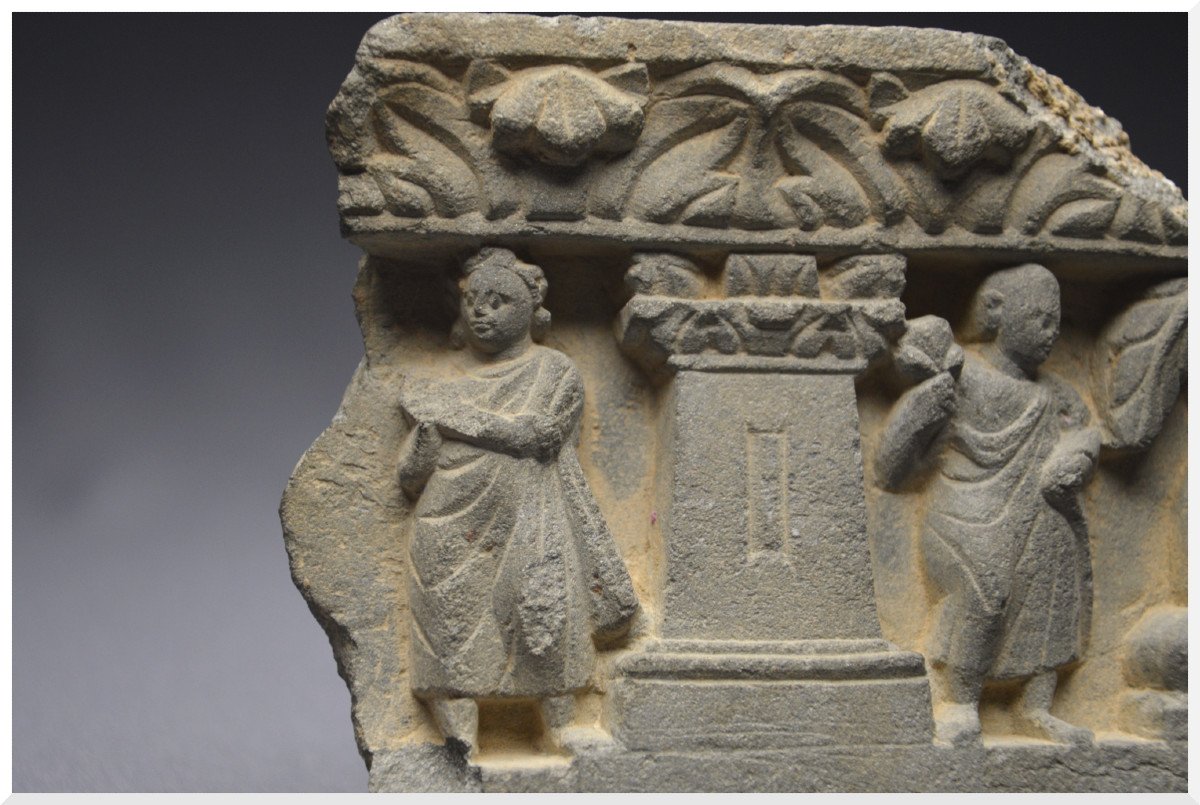








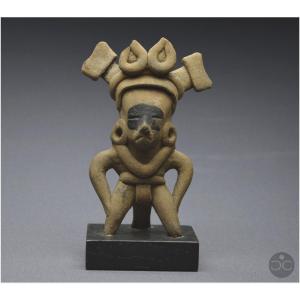
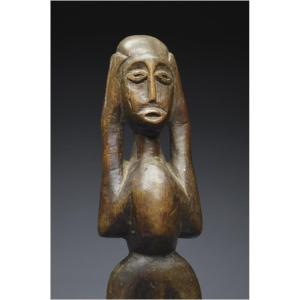
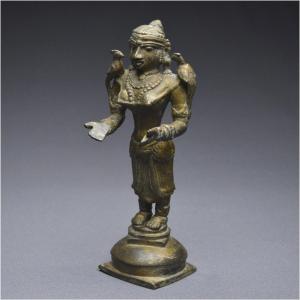

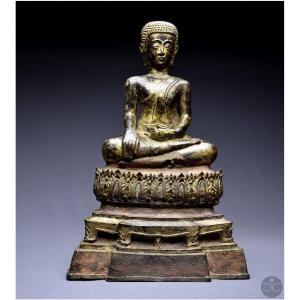
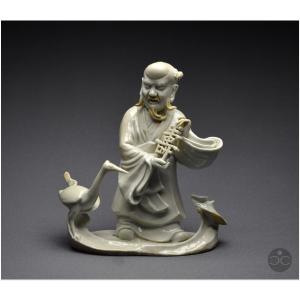









 Le Magazine de PROANTIC
Le Magazine de PROANTIC TRÉSORS Magazine
TRÉSORS Magazine Rivista Artiquariato
Rivista Artiquariato
